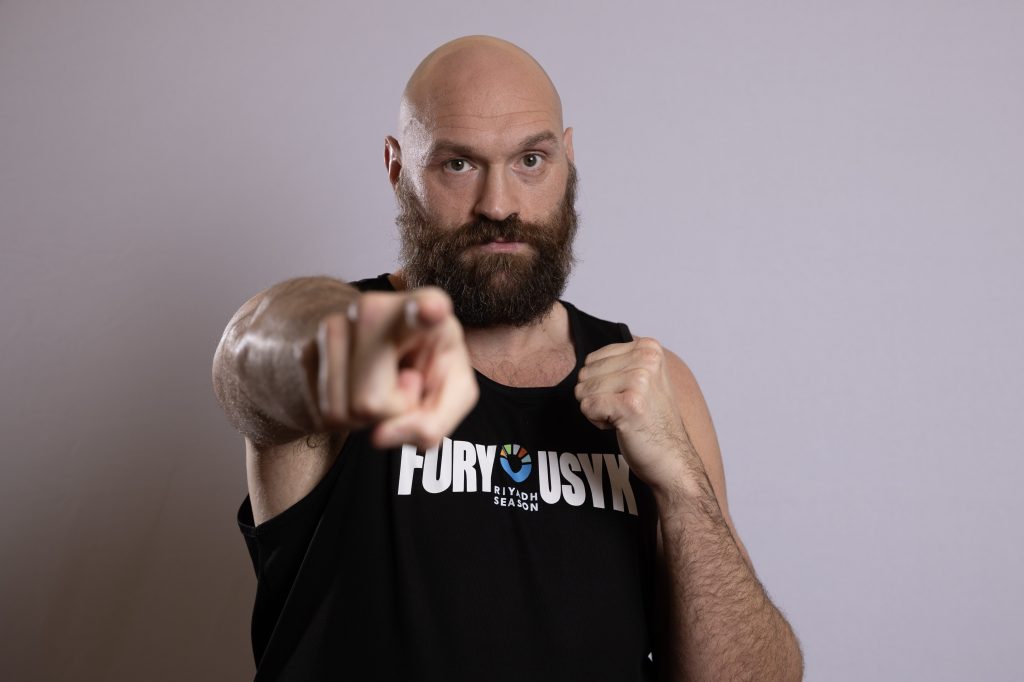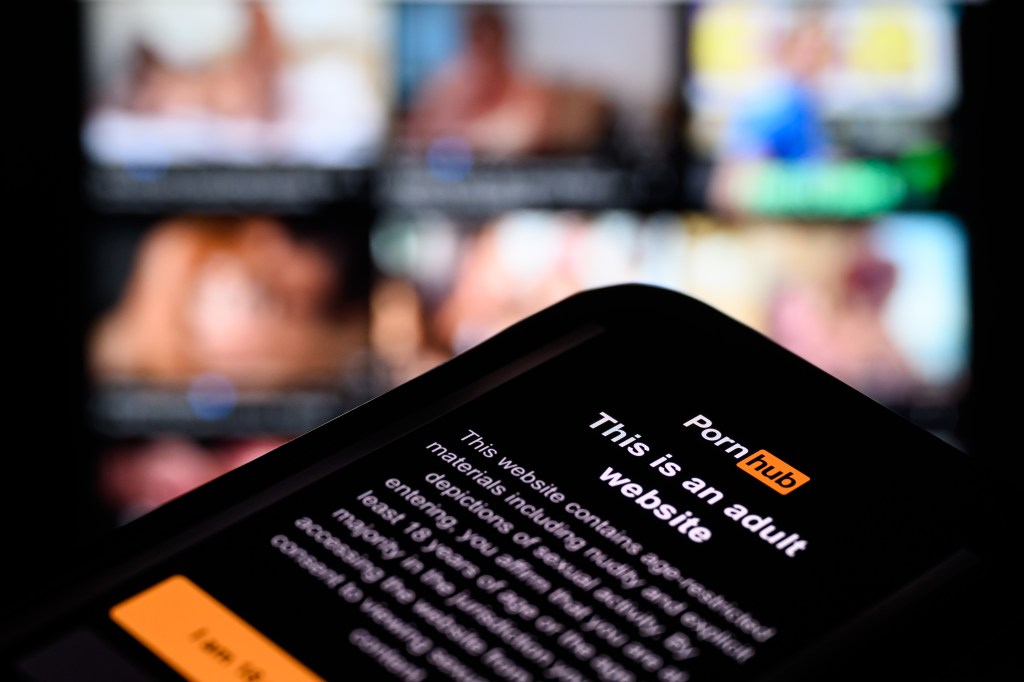This is the transcript of the podcast Deirdre Patten and Julie DiMauro on business continuity plans between GRIP’s US content manager Julie DiMauro and consultant Deirdre Patton.
[INTRO]
Carmen Cracknell: Hello listeners. As we look back on a global pandemic, consider ongoing and seismic weather events and
Register for free to keep reading
To continue reading this article and unlock full access to GRIP, register now. You’ll enjoy free access to all content until our subscription service launches in early 2026.
- Unlimited access to industry insights
- Stay on top of key rules and regulatory changes with our Rules Navigator
- Ad-free experience with no distractions
- Regular podcasts from trusted external experts
- Fresh compliance and regulatory content every day

















